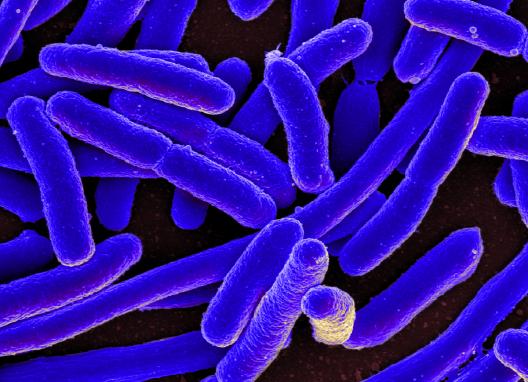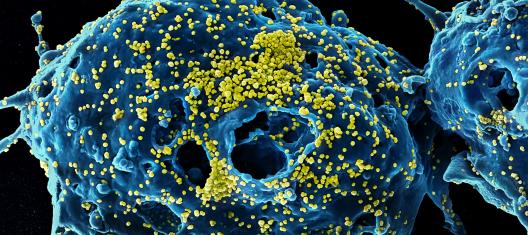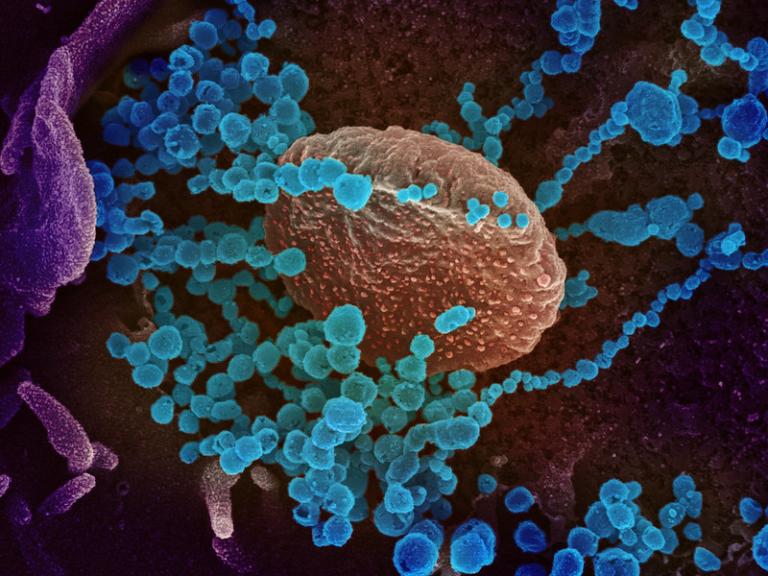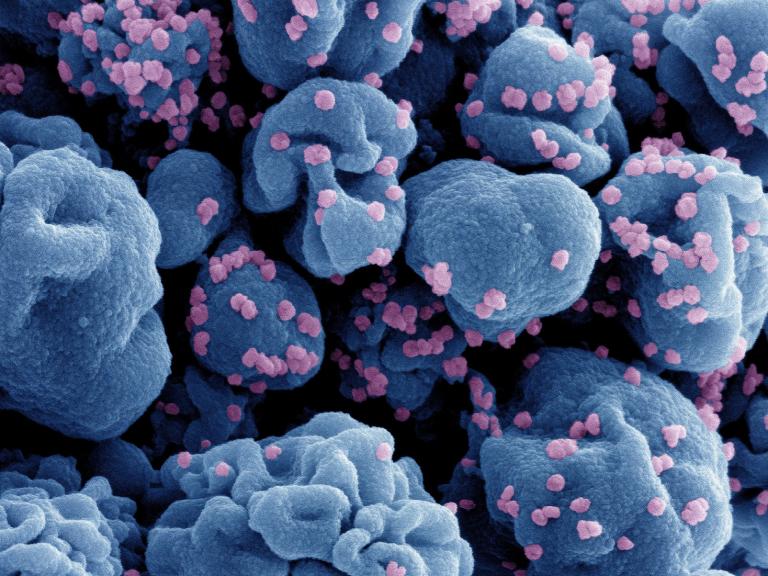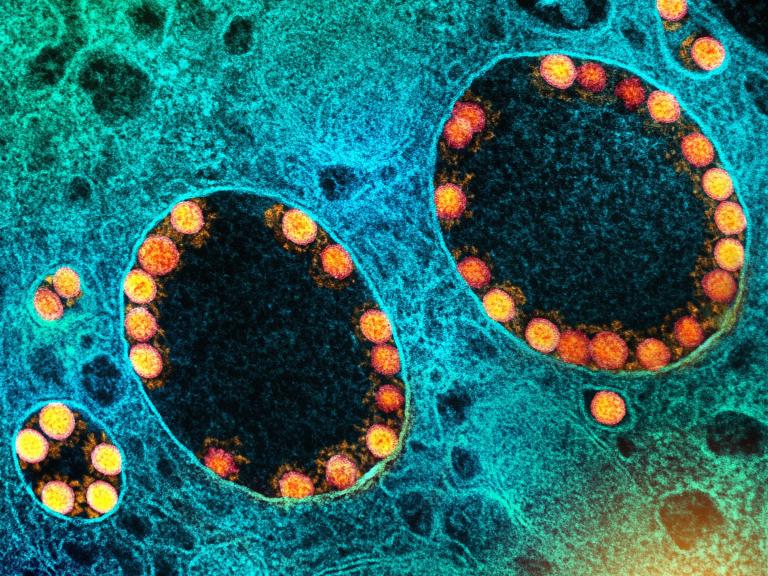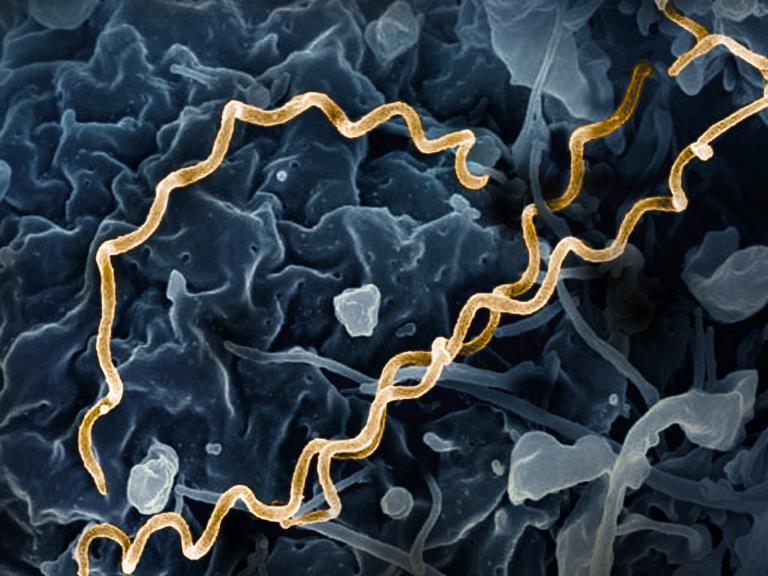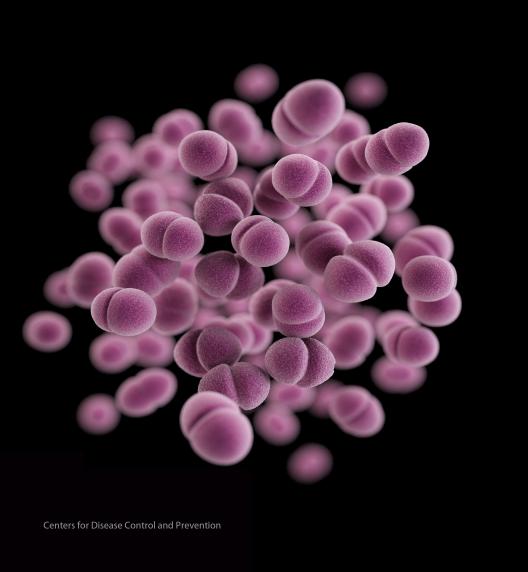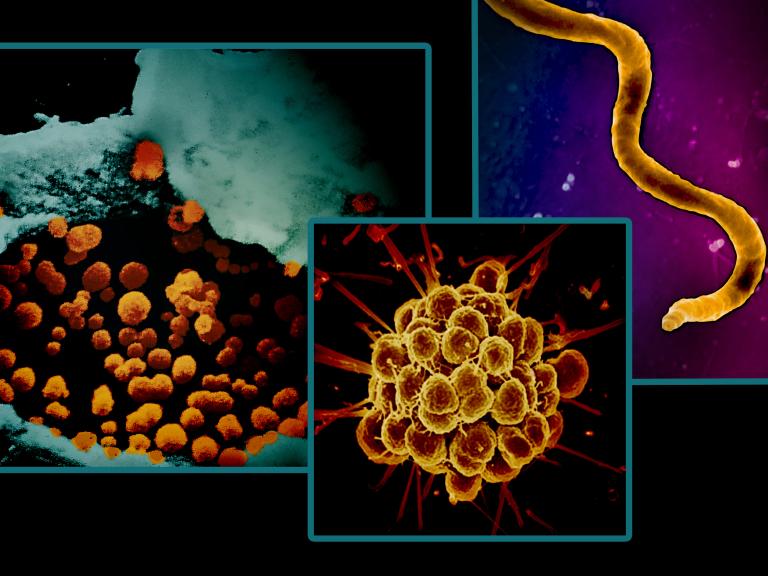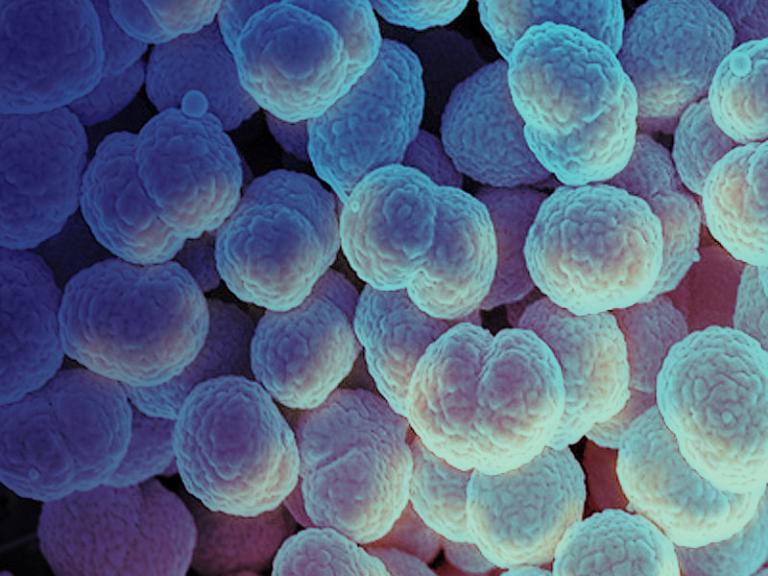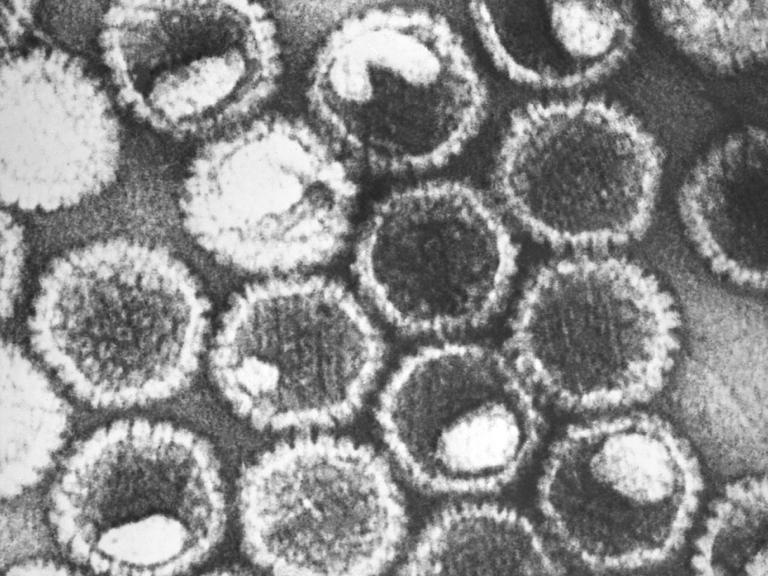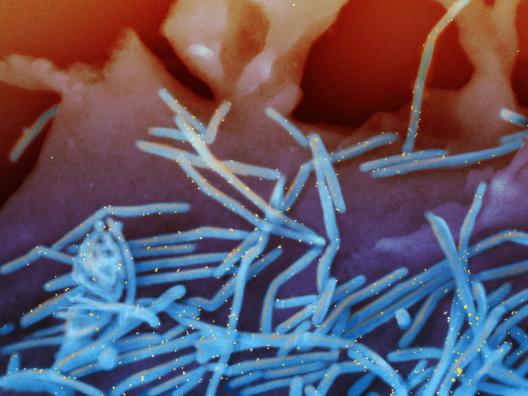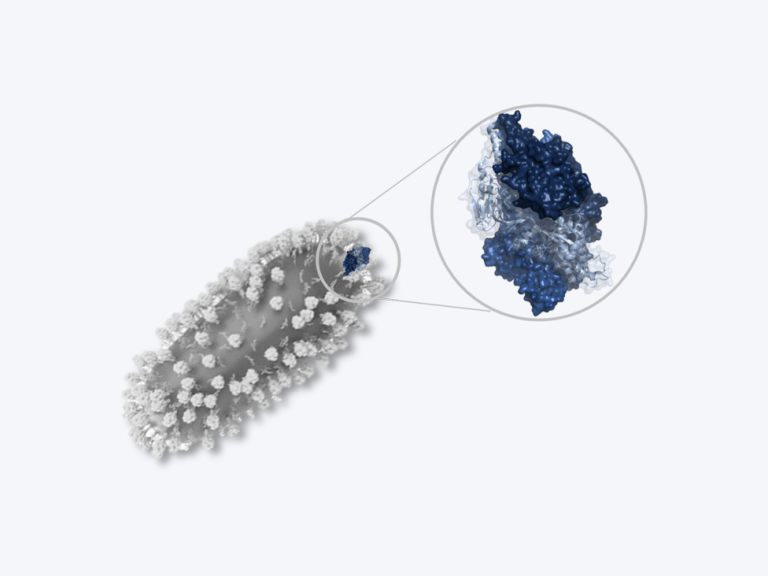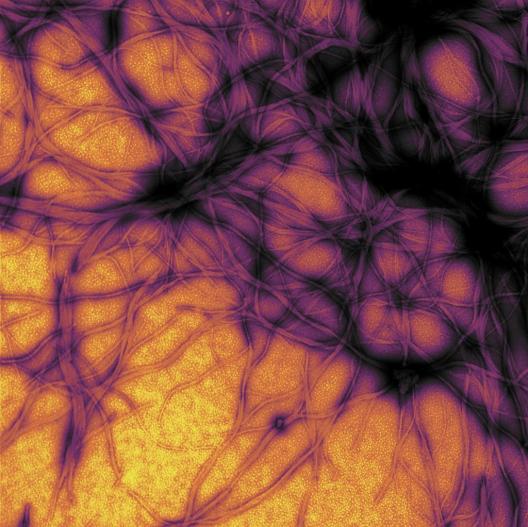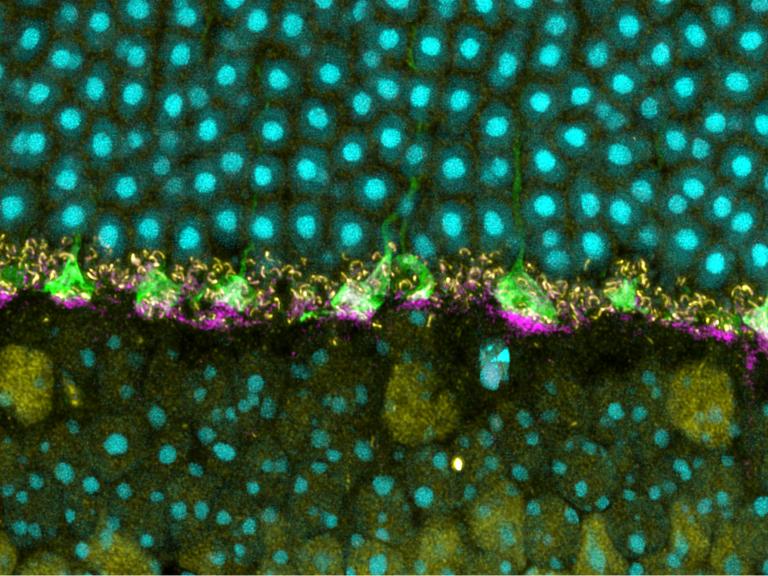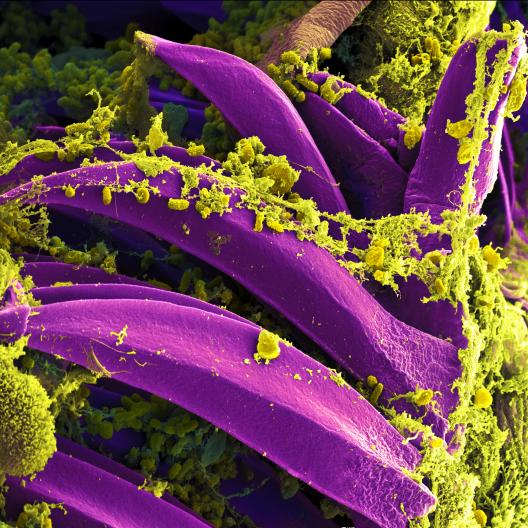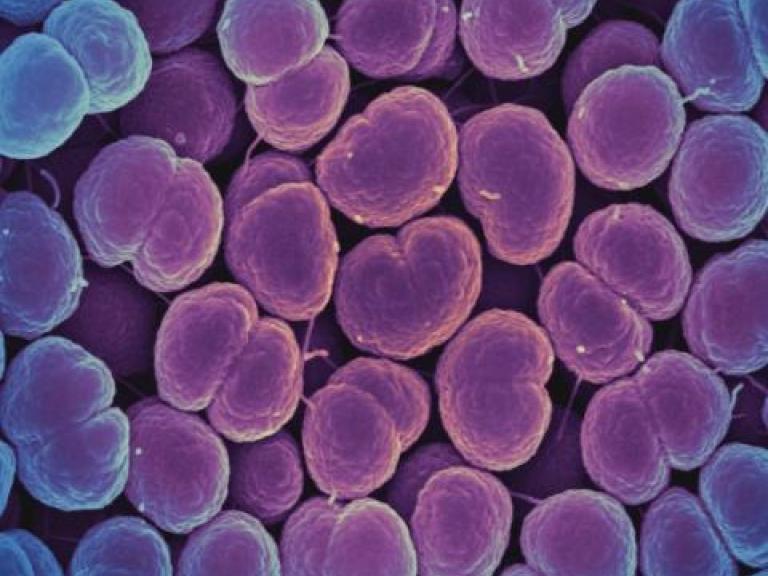Malaria is a mosquito-borne infectious disease caused by the bite of female Anopheles mosquitoes, which spread infectious Plasmodium parasites into a host. Traditional malaria symptoms include fever, chills, headache, muscle aches and fatigue. Nausea, vomiting and diarrhea also are common. Untreated malaria can lead to severe disease, kidney failure and death. Neurological complications can occur in severe cases, most commonly in young children.
Most malaria cases occur during rainy periods in endemic regions. The World Health Organization estimates that in 2020, globally about 240 million people had malaria and about 627,000 of them died. A disproportionate burden of malarial disease occurs in Sub-Saharan Africa, where children under age 5 account for about 80% of all malaria deaths.
A vaccine to prevent malaria is available; however, its variable efficacy underscores the need for new interventions that offer high-level protection against disease. Malaria is a research priority at NIAID, which is the lead U.S. government agency investigating the disease. Scientists are researching improved vaccines and preventive interventions as well as mosquito control techniques, easy-to-use diagnostics, and improved therapies as parasites continue to develop resistance to currently available antimalarials.
Related Public Health and Government Information
To learn about risk factors for malaria and current prevention and treatment strategies visit the MedlinePlus malaria site.



